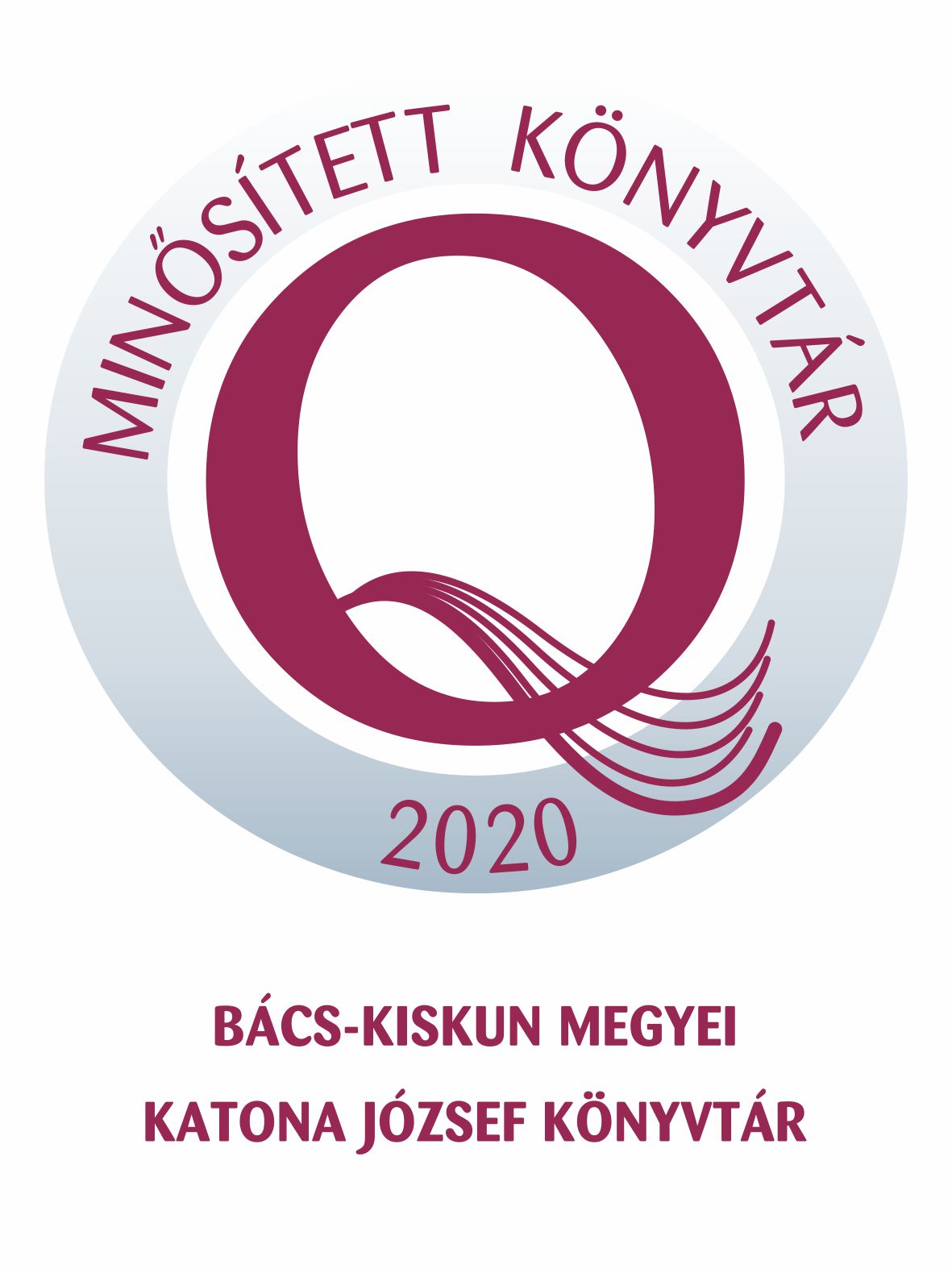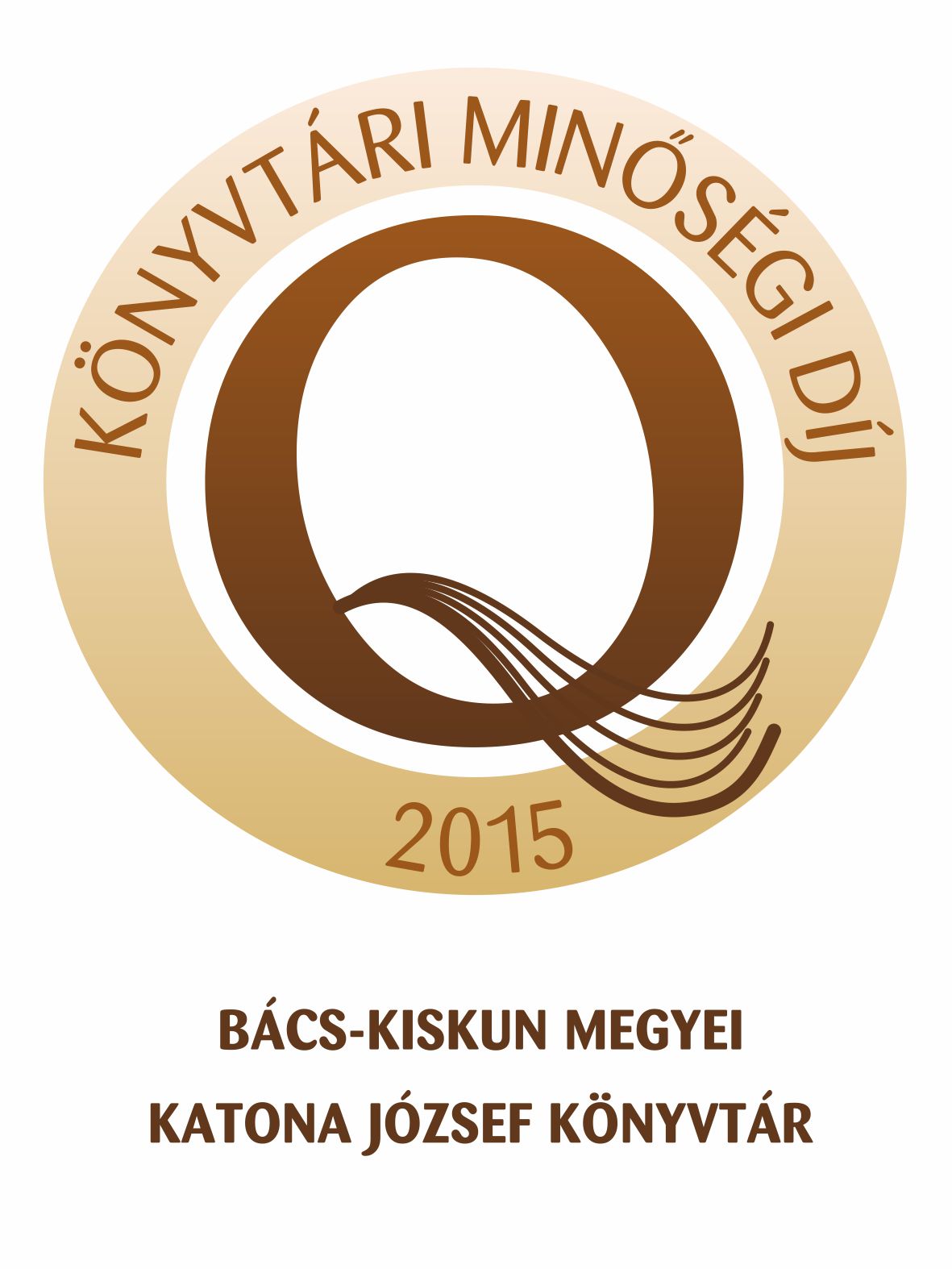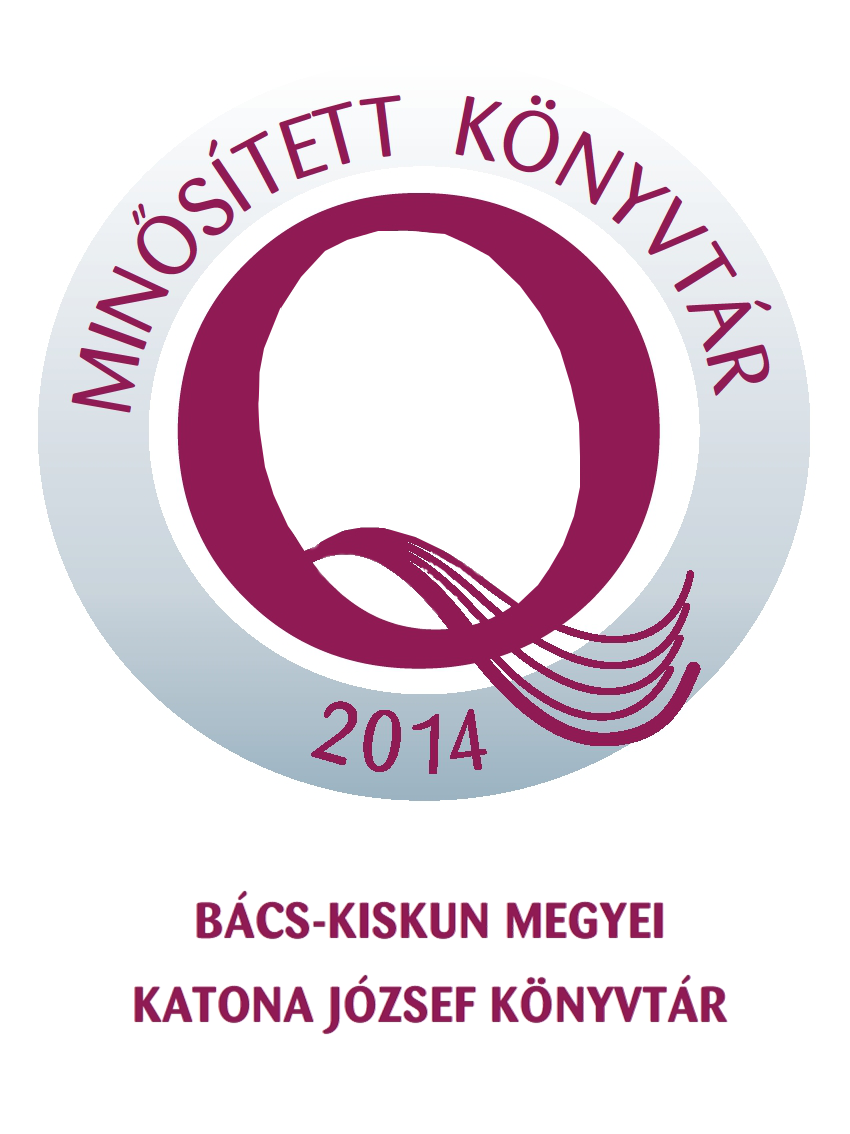 Brief history of Katona József Library
Brief history of Katona József Library
Brief history of Katona József Library
In the last decade of the 19th century more and more attention was given to the development of public education and the cultural affairs in Hungary.
In 1894 a governmental decision was reached with the aim of organising libraries and museums in the counties. Since 1897 the supporters had been allowed to claim for considerable state grants in order to be able to run their institutions.
Taking into consideration the considerable amount of the state grant, in 1897, at the suggestion of Elek Kada, mayor of the town, the Council of Kecskemét Municipal Borough made a decision about the foundation of a public library. That library still was not separated from the museum and the archives in terms of its structure. Its location was a temporary one in the large room being on the second floor of the Town Hall built in 1896.
The stock organised by Károly Szilády, an archivist, comprised mostly the historical and legal books, out of use, of the municipality.
In 1898 the museum and the library came under government control.
In 1899 the Council determined, in a decree, the amount of funds necessary for the library maintenance and acquisitions. That amount was annually supplemented by a state grant.
Since that time the collection development has been effected gradually and according to plans determined by the library committee organised in the meantime.
The library was defined as the most effective medium for the spread of knowledge, the European culture and the good taste. Thus the library planned to acquire documents in the Hungarian language, publications related to Kecskemét and the basic titles of some important branches of science (history, law, statistics and economy), dictionaries and the translations of the literary classics from all over the world.
The main part of the titles was acquired from among the publications of MTA (Hungarian Academy of Sciences), Franklin Társulat and Atheneum Rt.
There are several valuable legacies that passed into the library’s ownership, too. These are as follows: in 1899 the books of Frigyes Pesty, a historian and a writer; in 1923 the collection of Áron Szilády, a historian of literature and the Calvinist pastor in Halas (that collection comprises invaluable Eastern manuscripts and ancient Hungarian books); in 1924 the library of Mihály Horváth, the MP representing Kecskemét; and the Podmaniczky - Sréter Collection containing mainly titles written in foreign languages.
Due to the gradual expansion, the library needed a bigger and bigger place. In 1906, it was the gallery on the ground floor of the Town Hall that was furnished for library purposes. There, owing to the temporary location, the library still could not be a wholly public one.
In 1911, Károly Szilády was appointed as the director of the library and the museum. The Archives became a separate institution. It is that same year that the question of a new library building was brought up, too, but only a portion of the state grant promised by the ministry was given to the library and that amount was not sufficient for the construction of the planned palace of culture.
After the death of Károly Szilády, in 1934 József Garzó, then in 1937 Ambrus Szabó was appointed as director. It was Ambrus Szabó who took an inventory of the whole book-stock. According to its result, the collection comprised 21.222 titles in 39.000 volumes.
Destruction of the war in the forties has caused a great deal of irreparable damage in the holdings. Almost the whole collection of the Ancient Hungarian Printed Materials and Ancient Hungarian Books has been perished.
The next important date in the history of the library is the 26th October 1952 when the Council of Ministers enacted the organisation of county libraries. The county library in Kecskemét was established as legal successor of the Municipal Library on basis of its holdings.
On the 29th April, 1955 the library adopted the name of József Katona, the great Hungarian dramatist, son of Kecskemét.
Katona József County Library’s scope of duties has been considerably increased since the sixties. The professional and methodological management and support of the libraries in Bács-Kiskun County, the organisation of the movement for promotion of reading in the county and the organisation of library support for Kecskemét and its catchment area were all its duties.
The seventies meant a quality change of the professional work. Linked up with the name of the director (1972-1986), László Lisztes, the library’s catalogue system, acquisitions policy and bibliographic work have become well known in the country.
The tripled collection could only be stored only with the help of several external stack-rooms namely the library still served its considerably augmented reading public in a small place being in the building of the Town Hall.
It is in the second half of the eighties when the planning of a new library construction started. In 1985 the Bács-Kiskun County Council invited tenders. In 1989 the winners of the competition (architects Péter Mátrai and György Major, IPARTERV and the interior designer Imre Batta, INTERDESIGN) were commissioned to prepare the final design.
The professional program of the new library as well as the professional supervision of the construction is connected with Mária Ramháb who has been the director of the library since 1991.
The foundation stone of the new library was laid on the 11th December, 1993 and the new building was inaugurated on the 16th August, 1996.
During the first five years in the new building, the library has become the library having the biggest number of visitors in Hungary. It has some 350.000 visitors per year and 28.000 registered members who borrow more than 370.000 library documents. Preserving its traditional library functions, this model library has been of more and more importance among the institutions providing information and at the same time it has become a considerable cultural institute, too.






